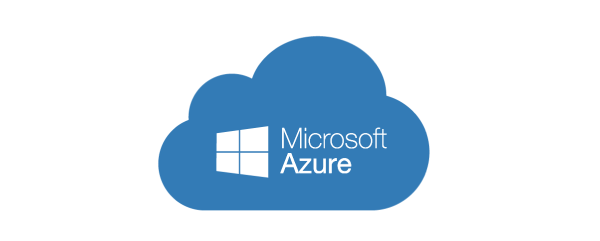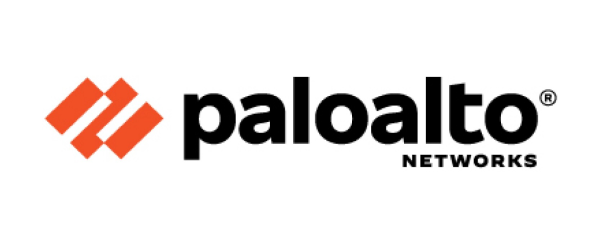
Choosing the right cloud provider can feel like finding the perfect home for your data and applications. Just as you wouldn’t buy a house without checking the neighborhood, security, and structure, you shouldn’t move your business to the cloud without proper research. In this guide, we’ll walk you through a step-by-step approach to choosing the right cloud solution provider—one that aligns with your business goals, ensures data security, and delivers long-term value.
Understanding Your Business Needs
Before jumping into cloud services, take a step back. Ask yourself: What are my goals for moving to the cloud? Whether it’s cost savings, scalability, or enhanced collaboration, identifying your objectives helps you choose a provider that aligns with your vision. For instance, startups may prioritize flexibility, while large enterprises focus on compliance and performance.
Evaluating Cloud Service Models
There are three primary cloud models — IaaS (Infrastructure as a Service), PaaS (Platform as a Service), and SaaS (Software as a Service).
- IaaS: Offers infrastructure like servers and storage. Ideal for businesses wanting full control over systems.
- PaaS: Focuses on development platforms. Perfect for developers building applications.
- SaaS: Provides ready-to-use software over the internet, such as email or CRM tools.
Understanding which model suits your operations prevents unnecessary spending and ensures efficiency.
Checking Security and Compliance Standards
Think of cloud security as a lock on your digital house. You need to ensure it’s strong enough to keep intruders out. Look for providers that follow ISO 27001, GDPR, and SOC 2 standards. Also, confirm if they offer data encryption, multi-factor authentication, and regular it security audits. Compliance ensures your sensitive data is safe and meets legal requirements.
Assessing Reliability and Performance
A reliable cloud solution provider guarantees uptime and smooth performance. Examine uptime guarantees, redundant data centers, and network performance. Check reviews or request a Service Level Agreement (SLA) to know what percentage of uptime they promise. The industry standard is at least 99.9% uptime—anything less can disrupt your business.
Examining Data Management and Storage Options
Data is the heart of your business, so it deserves a secure and accessible home. Evaluate where your data will be stored (region and data centers), how backups are managed, and how quickly you can retrieve files. A good provider will offer automated backups, data redundancy, and scalable storage options.
Considering Scalability and Flexibility
Your business may grow, and your cloud solution should grow with it. The best cloud providers offer on-demand scalability, allowing you to add or remove resources without downtime. This flexibility ensures you only pay for what you use while maintaining peak performance during busy periods.
Reviewing Pricing and Cost Transparency
Cost is often the deal-breaker. Cloud pricing can be tricky, with hidden fees for bandwidth, data transfers, or storage. Choose a provider with clear, pay-as-you-go pricing models. Many providers also offer cost calculators to help you estimate expenses accurately.
Testing Support and Customer Service
Even the best cloud systems face hiccups. That’s when you need reliable support. Check if the provider offers 24/7 customer service, live chat, or dedicated account managers. A responsive support team ensures your issues are resolved quickly, minimizing downtime.
Reviewing Integration Capabilities
Your cloud solution should fit seamlessly with your existing tools. Whether it’s CRM systems, email platforms, or third-party APIs, integration saves time and effort. Providers like Microsoft Azure and AWS excel in offering integration support with a wide range of applications.
Ensuring Backup and Disaster Recovery
Imagine losing all your critical business data overnight—scary, right? A trustworthy cloud provider ensures this never happens by offering automated backups, disaster recovery plans, and multiple data center locations. Always ask about Recovery Time Objective (RTO) and Recovery Point Objective (RPO) before signing up.
Assessing Vendor Reputation and Experience
Just as you’d check reviews before buying a product, evaluate your cloud vendor’s track record. Look for customer testimonials, case studies, and years of experience in the industry. A reputable provider with proven results is less likely to let you down.
Understanding Service Level Agreements (SLAs)
SLAs are the fine print that defines what you’re guaranteed. They cover uptime commitments, support response times, and performance benchmarks. Review them carefully. If something isn’t clear, ask questions. Transparency builds trust between you and your provider.
Checking Compliance with Local Regulations
Data privacy laws differ by country. For example, in the UAE or the EU, strict regulations govern how data is stored and processed. Ensure your provider complies with local and international laws, protecting your business from legal complications.
Evaluating Migration Support and Tools
Migrating to the cloud can be challenging, especially for large organizations. Choose a provider that offers migration tools, technical support, and minimal downtime strategies. A smooth transition saves time and avoids potential data loss.
Making the Final Decision
After evaluating all the factors, shortlist a few providers and request a demo or trial period. This hands-on experience allows you to assess usability, performance, and compatibility with your systems. Finally, choose the provider that meets your business goals, budget, and growth plans.
Conclusion
Selecting a cloud provider isn’t just a technical decision—it’s a business investment. By considering these key factors, you’re not only ensuring the security and performance of your operations but also setting your business up for future success. Remember, the best provider is one that grows with you, supports your goals, and earns your trust every step of the way.
FAQs
1. What are the main types of cloud services?
The main types are IaaS, PaaS, and SaaS—each offering different levels of control and management for users.
2. How do I know if a cloud provider is secure?
Check for certifications like ISO 27001 and GDPR compliance, along with features such as encryption and multi-factor authentication.
3. Why is scalability important in a cloud provider?
Scalability enables your business to grow without limitations, allowing you to adjust resources as needed to meet demand.
4. What should I look for in a Service Level Agreement (SLA)?
Focus on uptime guarantees, response times, and compensation terms if the provider fails to meet commitments.
6. How can I estimate cloud costs accurately?
Use the provider’s pricing calculator, review hidden fees, and compare pay-as-you-go models to stay within budget.




